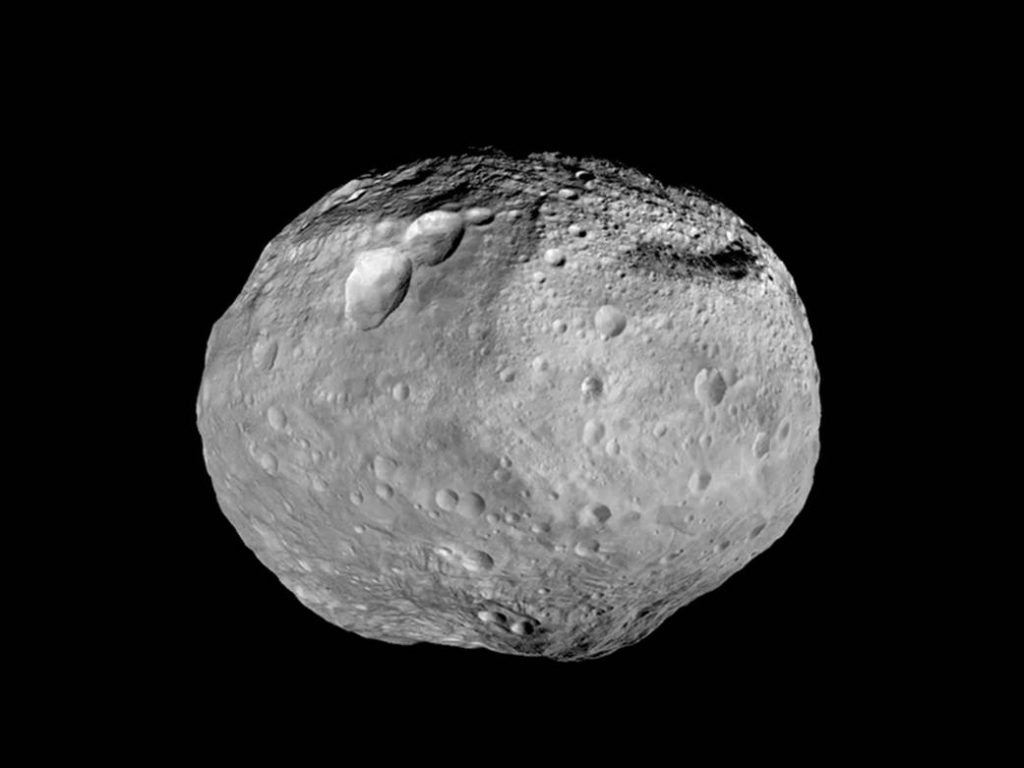By Erich Karkoschka

Mercury has a modest evening visibility until December 14th. Look to the southwest around 6 pm with no star nearby to confuse it with.

Saturn transits before dark and is well visible until late evening.

Jupiter shifts its transits from 10 pm to 8 pm during the month. Its elevation is then 70 degrees and its 48 arc-second diameter is perfect for telescope viewing.

Venus comes up around 4 am and is almost 40 degrees high in the southeast by the time the sun rises.

Uranus is east of Jupiter and Neptune is east of Saturn. Both are placed well for evening observation with binoculars.

Vesta, minor planet number 4, comes into opposition on December 21st (Winter Solstice). It therefore is very close to the point where the sun is at the summer solstice, between Taurus and Gemini. Its magnitude of 6.4 is at the limit of naked eye visibility.

The Moon visits Venus on December 19th, when Venus is easily visible after sunrise and perhaps even at noon as the moon is a guide to the location of Venus. The Moon is close to Saturn on the 17th.

December 13th is one of the best times of the year to watch meteors as the Gemini’s peak that evening.

